Europe is a continent where food is art, heritage, and daily ritual. From the olive groves of the Mediterranean to the rye fields of the Baltics, the cuisines of Europe are as diverse as its languages and landscapes. Every country — and often every region within a country — has its own proud culinary identity, shaped by centuries of culture, climate, and migration.
European food isn’t defined by one style or ingredient but by its deep-rooted traditions, regional pride, and emphasis on quality. Whether you're savoring fresh seafood on a Portuguese coast, slicing through Alpine cheese in Switzerland, or enjoying a slow-cooked stew in Eastern Europe, every bite tells a story.
Let’s explore what makes European cuisine a feast of flavors, histories, and traditions.
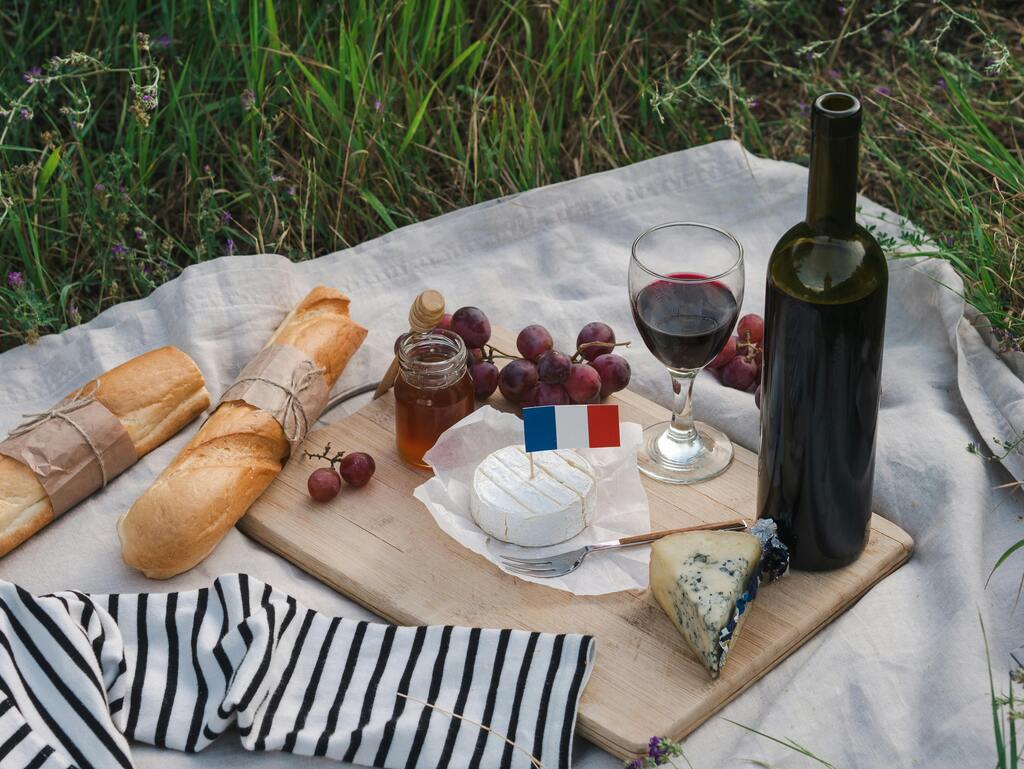
Defining Features: Sophisticated sauces, pastries, regional cheeses, wine
Signature Dishes: Coq au Vin, Ratatouille, Duck Confit, Baguettes, Crêpes
Culture: French cuisine celebrates regional specialties like Bouillabaisse (Marseille), Choucroute (Alsace), and Camembert (Normandy). It’s about freshness, finesse, and enjoying meals slowly.
Known For: Mussels and fries (Moules-frites), Belgian waffles, beer, chocolate
Regional Dishes: Stoofvlees (beef stew), Waterzooi (creamy chicken stew)
Key Dishes: Bitterballen, Stamppot, Herring, Poffertjes
Dutch cuisine prioritizes local produce and dairy, with an emphasis on comfort foods.
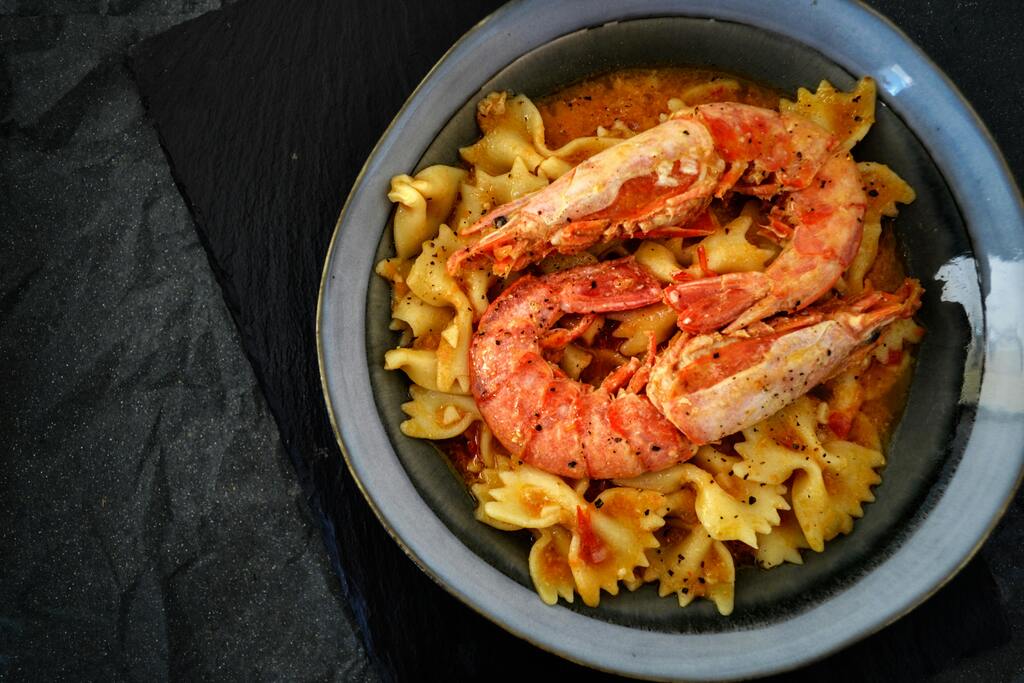
Defining Ingredients: Olive oil, tomatoes, basil, pasta, cheese, cured meats
Signature Dishes: Pasta Carbonara, Risotto, Lasagna, Pizza, Tiramisu
Each region boasts unique dishes — rich ragù in Bologna, seafood pasta in Sicily, and truffle-based recipes in Umbria.
Highlights: Tapas culture, paella, jamón ibérico, churros, gazpacho
Spain’s culinary diversity spans from the Basque Country’s pintxos to Andalusia’s Moorish-influenced dishes.
Must-Try: Bacalhau (salt cod), Sardinhas Assadas (grilled sardines), Pastéis de Nata (custard tarts)
Portugal’s food reflects its Atlantic coast, colonial ties, and love for spices like piri-piri.
Dishes to Know: Moussaka, Souvlaki, Greek Salad, Dolmades, Spanakopita
Greek cuisine is rich in olive oil, herbs, lemon, yogurt, and fresh seafood — Mediterranean health on a plate.

Signature Dishes: Pierogi (dumplings), Bigos (hunter's stew), Kielbasa (sausages), Barszcz (beet soup)
Key Dishes: Sarmale (cabbage rolls), Mămăligă (cornmeal porridge), Ciorbă (sour soup)
Specialties: Gulyás (goulash), Lángos (fried dough), Pörkölt (meat stew)
Eastern Europe’s cuisine is deeply rooted in agriculture and community — where meals are hearty, and recipes are passed through generations.
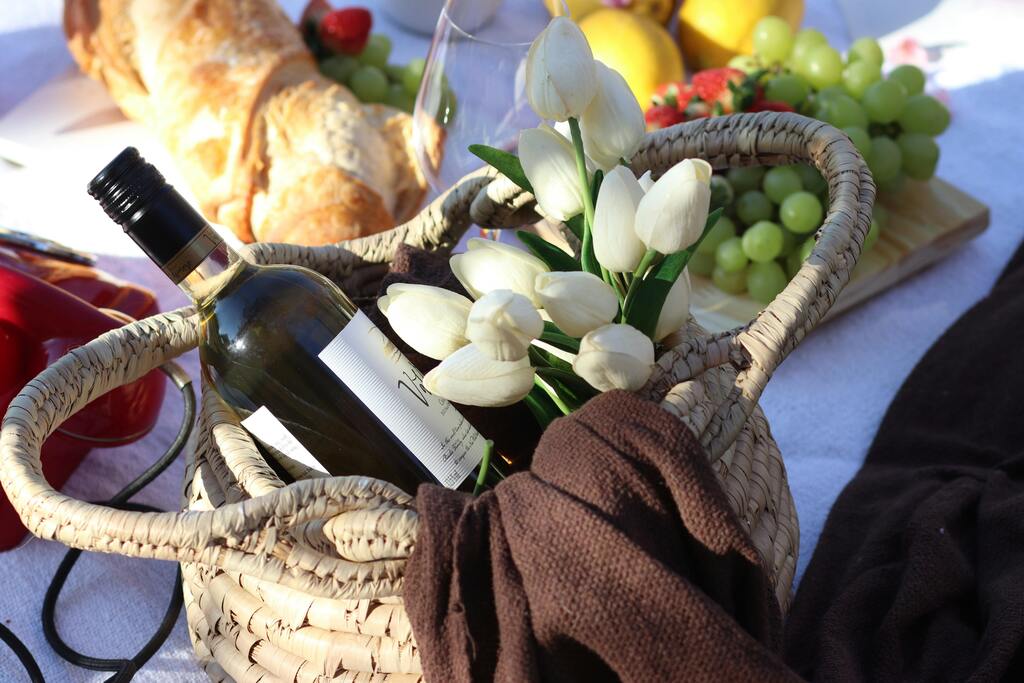
Common Traits: Seafood, root vegetables, smoked meats, berries
Signature Dishes: Gravlax (cured salmon), Meatballs (Köttbullar), Smørrebrød (open sandwiches), Reindeer stew, Rye bread
The Nordic food revolution has brought global attention to simplicity, sustainability, and local sourcing.
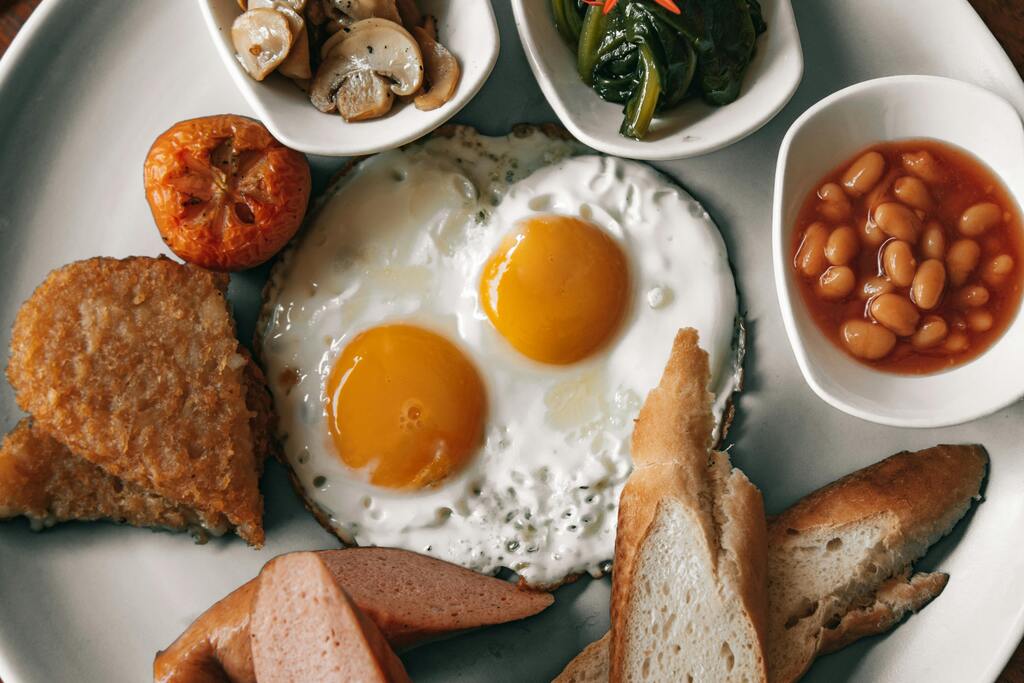
Classics: Fish and Chips, Sunday Roast, Shepherd’s Pie, Full English Breakfast, Sticky Toffee Pudding
Modern British cuisine combines local produce with global influences — think of Michelin-starred gastropubs and reinvented classics.
Highlights: Irish Stew, Soda Bread, Boxty, Colcannon
Irish food celebrates natural ingredients and rustic techniques.
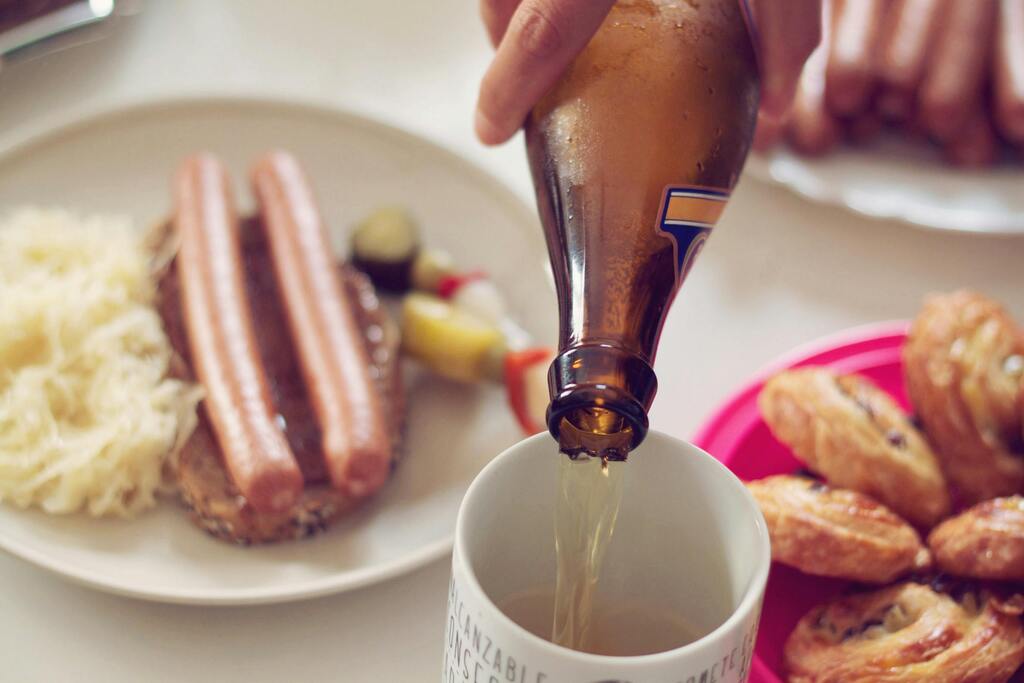
Staples: Bratwurst, Sauerkraut, Pretzels, Schnitzel, Black Forest Cake
Known for beer culture and regional specialties like Currywurst (Berlin) and Spätzle (Swabia).
Top Dishes: Wiener Schnitzel, Tafelspitz, Sachertorte, Apfelstrudel
Austrian cuisine is elegant, especially its desserts and coffee culture.
Must-Eats: Fondue, Raclette, Rösti, Zürcher Geschnetzeltes
Swiss cuisine is a mix of French, German, and Italian styles — and perfect for cold mountain nights.

Dairy: Cheeses, creams, and yogurts are central — from Parmigiano to Feta to Gouda.
Grains: Bread, pasta, and grains like rye, polenta, and couscous vary by region.
Meat & Seafood: Pork and cured meats are widespread; coastal nations favor fish and shellfish.
Herbs & Spices: Basil, oregano, paprika, dill, and thyme are cornerstones across Europe.
Olive Oil vs. Butter: Southern Europe relies on olive oil; Northern and Central Europe prefer butter and animal fats.
France: Crème brûlée, Éclairs, Tarte Tatin
Italy: Tiramisu, Cannoli, Gelato
Austria: Sachertorte, Linzer Torte
Germany: Strudel, Stollen
Portugal: Pastéis de Nata
Hungary: Dobos Torte
UK: Trifle, Sticky Toffee Pudding
Scandinavia: Cinnamon buns, Kransekake
Wine Regions: France, Italy, Spain, Portugal, Germany, and Georgia
Beer Capitals: Belgium, Czech Republic, Germany, UK
Spirits: Vodka (Poland, Russia), Ouzo (Greece), Schnapps (Germany), Rakija (Balkans)
Coffee Culture: Italy (Espresso), Austria (Café culture), Sweden (Fika)
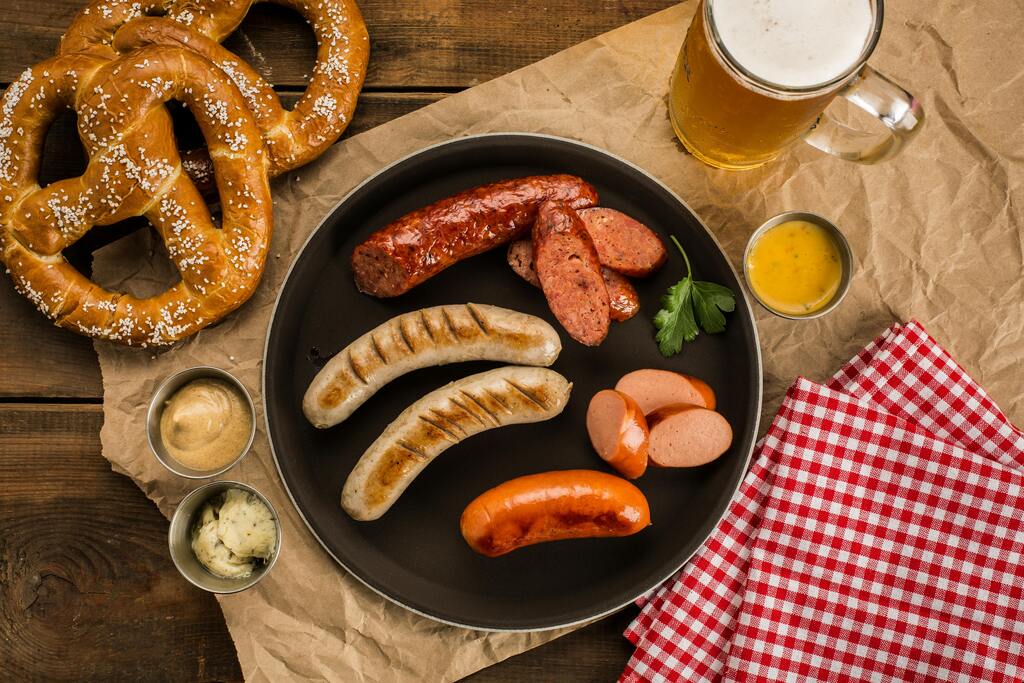
European cuisine is as much about ritual and identity as it is about taste. Meals are sacred — a time for family, conversation, and connection. Recipes are heirlooms. Ingredients are tied to seasons and soil. And every dish, no matter how simple, carries the soul of a place.
Whether you’re exploring the rustic charm of Hungarian goulash or savoring the elegance of French cuisine, European food invites you to slow down, sit together, and experience life — one bite at a time.